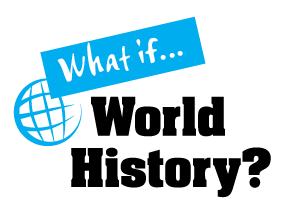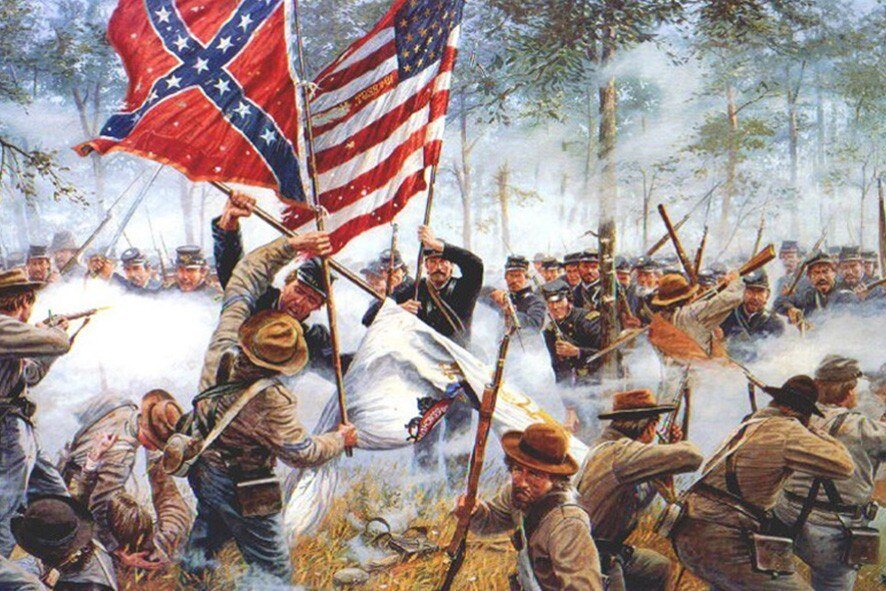General Lee Invades the North
From Chancellorsville to Gettysburg
Contrary to common perception, Gettysburg was not the last battle of the American Civil War. It was, however, the largest, bloodiest, and arguably, the most decisive battle of the war. During three days in July, the fortunes of the Civil war, and American history, turned in favor of the Union cause.
Not only was the Union Army successful at heading off General Robert E Lee’s invasion of the North, but on July 4, the day after fighting at Gettysburg, 30,000 Confederate soldiers finally surrendered to Major General Ulysses S Grant at Vicksburg, Mississippi. This loss effectively closed the Mississippi River, a vital link in the wartime supply chain, to the Southern Army and split the Confederacy in two.
But before we move on to Gettysburg, Pennsylvania, we need to first visit Chancellorsville, Virginia. There, from April 30 to May 6, 1863, Lee’s Confederate Army of Northern Virginia soundly defeated the Army of the Potomac under Major General Hooker. This defeat sets into motion two vital events that would shape the Battle of Gettysburg two months later.
On the Union side, General Hooker resigned, and President Abraham Lincoln replaced him with Major General George Meade, who took over the Army of the Potomac on June 28. Meade immediately ordered the pursuit of Lee’s army of 75,000, which by then had crossed the Potomac River into Maryland and marched into southern Pennsylvania.
On the Confederate side, the situation was much different. According to Edwin Coddington in his book “The Gettysburg Campaign: A Study in Command”: “Shortly after the Army of Northern Virginia won a major victory over the Army of the Potomac at the Battle of Chancellorsville, Robert E. Lee decided upon a second invasion of the North. The first was the unsuccessful Maryland Campaign of September 1862, which ended in the bloody Battle of Antietam.
Coddington goes on to say: “Such a move would upset the Union's plans for the summer campaigning season and possibly reduce the pressure on the besieged Confederate garrison at Vicksburg. The invasion would allow the Confederates to live off the bounty of the rich Northern farms while giving war-ravaged Virginia a much-needed rest. In addition, Lee's 72,000-man army could threaten Philadelphia, Baltimore, and Washington.”
Other historians believe that Lee, and Confederate President Jefferson Davis, hoped a series of victories would give Britain and France leverage to recognize the Confederacy and strengthen the cause of northern “Copperheads” who favored peace.
And so we have two massive armies moving towards each other. Lee’s army of 75,000 was bolstered by victory and a feeling of invincibility. Meade’s army of 100,000, under new leadership, was dressing its wounds from a demoralizing defeat.
Meade's movements toward the Rebels were inadvertently helped by Lee's cavalry commander, Jeb Stuart. Instead of reconnaissance missions, where they would have picked up the Union movements, Stuart, under Lee’s direction, had undertaken a series of foraging raids deep into the Union Rear.
This action left Lee blind to the Union's position. When a scout reported the Union approach, Lee ordered his scattered troops to link up west of the small village of Gettysburg, Pennsylvania. And it would be this small hamlet of 2,000, at the convergence of a dozen roads, that would decide the fate of the war.
Episode 3: Lee’s Victory at Gettysburg
To re-imagine the Battle of Gettysburg, check out Episode 3: Lee’s Victory of Gettysburg. In this episode, we look at the events that led to Lee’s defeat. We then re-think how Lee could have won that battle and what its consequences would be. Hint: The South would lose the Civil War a year earlier.



